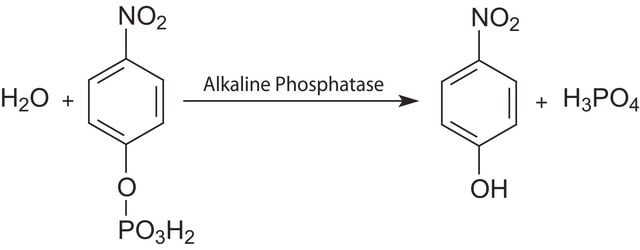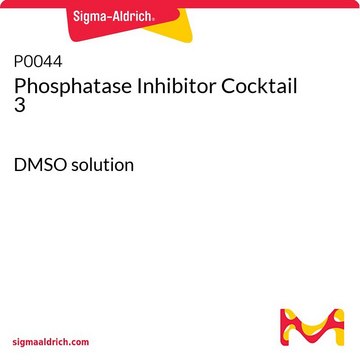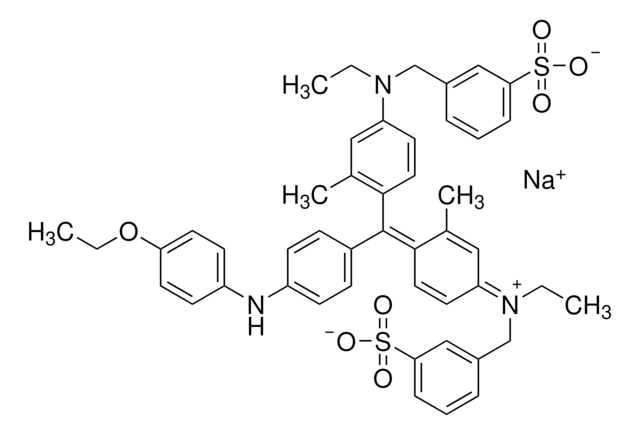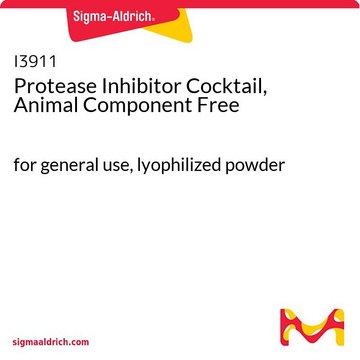R0278
RIPA Buffer
Synonim(y):
Bufor do testu radioimmunoprecypitacji
About This Item
Polecane produkty
opis
protease free
Poziom jakości
Formularz
liquid
opakowanie
pkg of 50 mL
pkg of 500 mL
metody
immunoprecipitation (IP): suitable
kolor
colorless
pH
7.8-8.2 (25 °C, 1 ×)
temp. przechowywania
2-8°C
Szukasz podobnych produktów? Odwiedź Przewodnik dotyczący porównywania produktów
Opis ogólny
Zastosowanie
- Fibroblast-based deep phenotyping of the peripheral tissue, which facilitates the mechanistic disease stratification in sporadic Parkinson′s disease (sPD).
- Demonstrating the inhibition of oxidative phosphorylation (OXPHOS), which can activate the mixed lineage kinase domain-like protein (MLKL)-dependent necroptosis in human lung epithelial cells.
Cechy i korzyści
Inne uwagi
Informacje prawne
najczęściej kupowane z tym produktem
produkt powiązany
Hasło ostrzegawcze
Warning
Zwroty wskazujące rodzaj zagrożenia
Zwroty wskazujące środki ostrożności
Klasyfikacja zagrożeń
Aquatic Chronic 3 - Eye Irrit. 2
Kod klasy składowania
12 - Non Combustible Liquids
Klasa zagrożenia wodnego (WGK)
WGK 3
Temperatura zapłonu (°F)
Not applicable
Temperatura zapłonu (°C)
Not applicable
Wykazy regulacyjne
Wykazy regulacyjne dotyczą głównie produktów chemicznych. Można w nich podawać ograniczoną liczbę informacji na temat produktów niechemicznych. Brak wpisu oznacza, że żaden ze składników nie znajduje się w wykazie. Użytkownik odpowiada za zagwarantowanie bezpiecznego i zgodnego z prawem stosowania produktu.
EU REACH SVHC Candidate List
EU REACH Annex XIV (Authorisation List)
Wybierz jedną z najnowszych wersji:
Masz już ten produkt?
Dokumenty związane z niedawno zakupionymi produktami zostały zamieszczone w Bibliotece dokumentów.
Klienci oglądali również te produkty
Nasz zespół naukowców ma doświadczenie we wszystkich obszarach badań, w tym w naukach przyrodniczych, materiałoznawstwie, syntezie chemicznej, chromatografii, analityce i wielu innych dziedzinach.
Skontaktuj się z zespołem ds. pomocy technicznej












